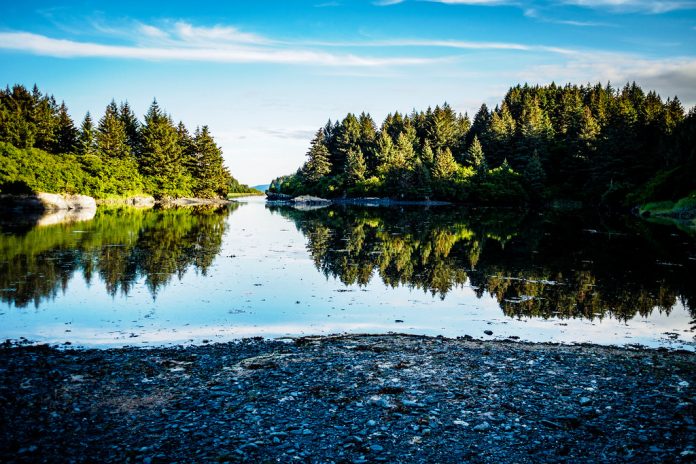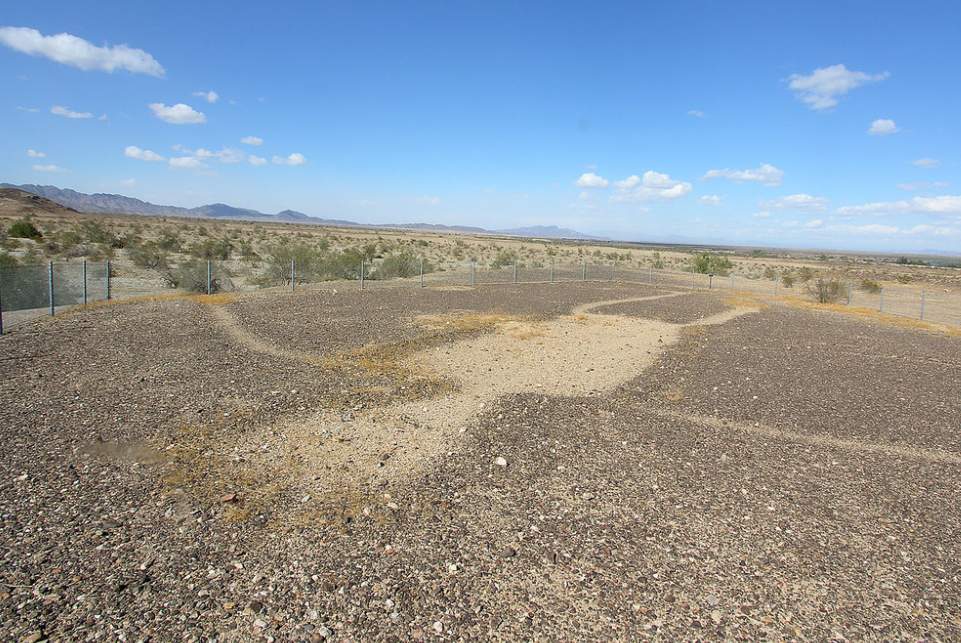Kodiak Island is the second-largest island in the United States that extends for 100 miles (160 kilometers) across the Gulf of Alaska. Most of the Kodiak Island is an inaccessible stretch of wilderness protected by the 2,969-sq-mile (7,690- sq-km) Kodiak National Wildlife Refuge. Kodiak Island is famous as the habitat of about 2,500 Kodiak bears – the world’s largest brown bear – some of which stand ten feet (3 meters) tall and weigh up to 1,500 lb (675 kg).
The visitor center provides details on charter flights to the best viewing spots. Most of the island’s inhabitants live in the town of Kodiak, which is the home of the country’s largest Coast Guard station and its third-largest fishing fleet. Also, North America’s one of the oldest Russian structures, a storehouse dating back to 1808, is now the tremendous Baranov Museum.
A repository of Kodiak’s history, the museum’s highlights include a superb samovar (urn) collection, Aleut kayaks, and photographs of the town after it was hit by a tsunami (massive tidal wave), triggered by the 1964 Good Friday earthquake and tsunami, which shattered much of the waterfront, business district, and a number of villages. Further, to explore the local fishing industry, pursue Shelikof Street past the harbor to the canneries. In June 1912, the largest eruption of the 20the century happened at Novarupta, which is just 160km northwest of Kodiak Island.
Moreover, the Ayakulik weir is about 35 meters long and is located about 0.8 miles upstream from the outlet of the Ayakulik River into the Shelikof Strait the southwest of the Kodiak Island. Ayakulik River weir was actually constructed in 1929 at the outlet of Red Lake. In 1985, a Buskin weir about 38 meters long was constructed above the outlet of Buskin River that flows into Chiniak Bay on the northeast of Kodiak Island.
Also, the Fraser Fish Pass consists of a diversion weir and a series of fish ladders that allow salmon to ascend a barrier that falls about nine meters tall located near the outlet of Frazer Lake on the Dog Salmon Creek at the south end of Kodiak Island. The counts are made at the upstream portion of the fish pass. Build-in 1962, to accommodate sockeye salmon socks.
Related Reading – Mendenhall Ice Cave Alaska / Misty Fjords Nat’l Park Big Goat Lake Alaska














